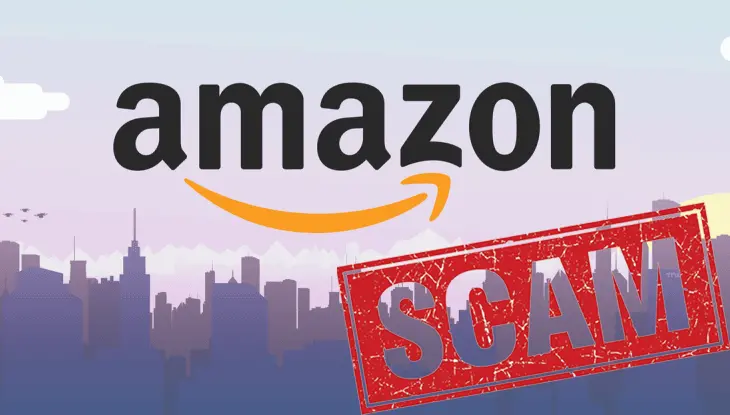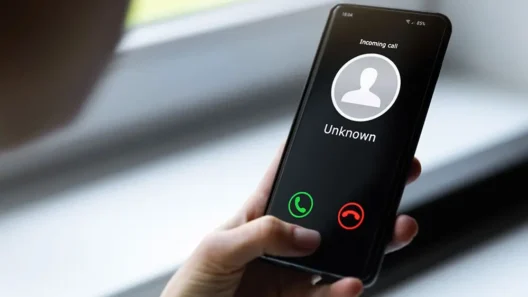You’re relaxing at home, waiting for a package, when a text pops up:
“Amazon Driver: Your delivery is delayed. Please chat with us here to reschedule.”
Sounds legit, right? Except it isn’t. Scammers have found a new way to fish for your info, using fake Amazon driver chat text messages—and they’re getting bolder, smarter, and more convincing.
These Amazon driver chat scams are exploding worldwide. With thousands searching every month for terms like “amazon driver chat text” and “is amazon driver chat real?”, it’s clear people are worried—and for good reason. Falling for one of these messages can cost you real money, your identity, or even compromise your Amazon account.
Let’s break down how these scams work, how to spot them, and how to protect yourself (and your loved ones).
What Exactly Is an Amazon Driver Chat Scam?
Scammers pose as Amazon delivery drivers and send you a text or message, usually pretending there’s an issue with your package—maybe a missed delivery or an address problem.
They’ll invite you to “chat” by clicking a link, replying to the message, or even downloading an app.
What they really want is your personal info: passwords, payment details, or enough data to access your Amazon account. Sometimes, just clicking their link infects your phone with malware.
The damage can be nasty:
- Monetary loss: You might end up sending money or gift card codes.
- Identity theft: They could steal your name, address, or even banking info.
- Account compromise: They’ll try to get into your Amazon or email accounts.
- Device malware: Clicking their links can load your phone or computer with spyware.
How to Spot an Amazon Driver Chat Text Scam
Even the smartest people get fooled. Here’s what to watch for:
- Unsolicited messages: Amazon rarely contacts you out of the blue—especially via SMS or random chat links.
- Bad grammar/spelling: Weird wording, typos, and awkward English are red flags.
- Strange sender addresses: Instead of “@amazon.com,” you get a sketchy email or unknown phone number.
- Requests for info: Real Amazon drivers don’t need your password, card details, or security codes.
- Urgency & time pressure: “Respond in 10 minutes or your package is gone!” Scammers love to rush you.
- Unusual payment requests: No real Amazon driver asks for gift cards, vouchers, or odd payment methods.
- No tracking info: If you can’t track the package from your Amazon account, don’t trust the message.
- Suspicious links/URLs: Tiny differences in website addresses (like “amaz0n” instead of “amazon”) are a classic trick.
How to Protect Yourself From Amazon Driver Chat Text Scams
1. Always verify the source
If in doubt, contact Amazon directly through their official website or app—not through links in a text or email.
2. Check sender details
Legit Amazon messages come from known numbers or official domains (like “@amazon.com”). Anything else is suspicious.
3. Never share sensitive info
Amazon will never ask for your password, payment details, or full address via text, chat, or unsolicited phone call.
4. Don’t let urgency win
If you feel pressured to act fast, stop. Real companies don’t force you to rush decisions.
5. Scrutinize every link
Hover over links or press and hold (on mobile) to preview the full address. Look for odd spellings or extra characters.
6. Guard your contact details
Use masked emails or temporary “burner” phone numbers when possible. Avoid sharing your primary email or number online.
7. Clean up your digital footprint
Remove your details from people search sites and data brokers. The less data out there, the harder it is for scammers to reach you.
Out Tip: Family & Friends Protection
Elderly family members are especially at risk for scams like these. Services like Incogni offer a Family & Friends plan so you can help protect up to 4 loved ones.
You can keep your (and their) data off the market with an annual plan—right now at 50% off (from $7.49/mo individual, $16.49/mo family).
Incogni automatically finds and contacts data brokers likely to have your info (email, phone, address, even Social Security numbers for US users) and sends regular removal requests—even after deletion, because data tends to resurface.
Track the whole process live in your dashboard and relax knowing your digital footprint is shrinking.
What to Do If You’ve Been Targeted (Or Fooled)
If you’ve clicked a scam link or handed over personal info, act quickly:
- Secure your Amazon account:
Change your password, turn on two-factor authentication. - Check your devices:
Run a security scan for malware or spyware. - Report the scam:
- Amazon: Amazon Customer Service
- To the FTC (USA): ftc.gov/complaint
- To the BBB: bbb.org/scamtracker
- Your local police: Especially if you lost money or data.
- Warn others:
Let friends and family know about the scam—especially anyone who might be less tech-savvy.
Final Thoughts: Stay Smart, Stay Skeptical
Amazon driver chat text scams are on the rise, and scammers are banking on you being too busy (or distracted) to notice the details. Slow down, check twice, and remember—if something feels off, it probably is.
Stay safe, and don’t let scammers ruin your next delivery day!














